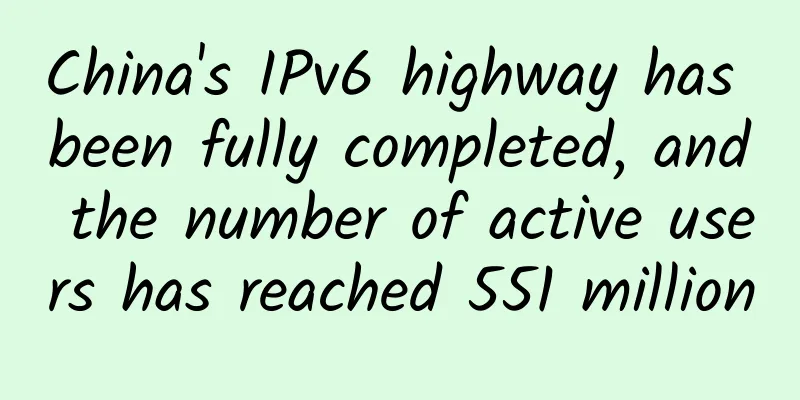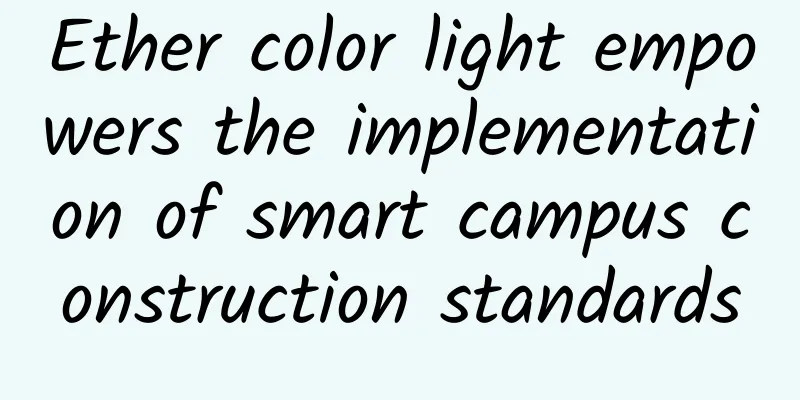5G RedCap: New Cellular IoT Technology Optimization

|
The latest version of the 3GPP standard for mobile communications, Release 17, includes a new variant of 5G specifically for the Internet of Things. It is defined as the Internet of Things Medium-High Speed Application Scenario, referred to as RedCap, and is sometimes referred to as NR-light. This is an interesting development that attempts to create a less complex 5G New Radio equipment with the aim of contributing to 5GNR like LTE-m and NB-IoT did for LTE. However, with this iteration, and likely for at least the next decade, it is unlikely to have a significant impact on the connectivity technology market landscape. 5G RedCap is expected to become the 5G New Radio equivalent of mMTC technologies NB-IoT and LTE-M, achieving three goals. The first is to reduce the complexity of the equipment, thereby reducing costs. With prices of hundreds of dollars per module, 5G is completely out of reach for all but a few IoT use cases. In comparison, LTE devices typically cost $10-40, depending on the category, and NB-IoT is around $5. 5GRedCap has had some success in this regard, with price cuts of around 80%. The second goal is to reduce energy consumption. To fill this useful niche, RedCap needs to be able to run on batteries. Energy savings of more than 90% are reportedly possible. The third goal is to maintain data transfer speeds of at least LTE Cat-1. With speeds of 85Mbit/s, it can easily do this. None of these features really unlock a significant portion of the market. For anyone who follows IoT use cases closely, as we do in our highly granular IoT forecasts, it’s worth noting the bifurcation of IoT applications, with some requiring high data rates, such as CCTV or connected cars, and the rest, which make up the vast majority of use cases, requiring low cost, often battery power. In 5G terms, IoT applications will require either enhanced mobile broadband or massive machine type communications, but rarely both. And today there are few that require ultra-reliable low latency communications, and certainly not large-scale mass market applications. While there are clear differences between 5G RedCap and other technologies, this does not mean there is a big opportunity. The question is, is there a demand for mid-range technology? Our analysis suggests not. 5G RedCap is mid-range and not optimized for anything. In addition, it is worth noting that the main challenger of 5G RedCap is LTE Cat 4. Although RedCap supports lower latency and larger frequency bands, LTE Cat 4 is faster and cheaper. Fast and cheap far outweigh these two capabilities. In terms of cost, it is an order of magnitude behind NB-IoT and LTE-M. It is logical to add a lower complexity 5GNR variant at a more cost-effective price point, with low power consumption and superior bandwidth and latency. Eventually, we are talking about more than 10 years from now, there will be a need to support low-power devices on 5G NRRAN. But in the next decade, battery-powered cellular IoT will be dominated by NB-IoT and LTE-M. We should note that Release 18 promises some further improvements, but they need to be significant to get close to existing mMTC technologies. We are looking forward to something more incremental. |
<<: Share | Basic knowledge of 5G wireless network
>>: Indoor 5G gets a boost with arrival of small cells
Recommend
Huawei and partners build a "capability-based" ecosystem to accelerate digital transformation in thousands of industries
[51CTO.com original article] From "0 to 1, 1...
In the post-epidemic era, what is the effect of 5G infrastructure investment?
[[378112]] Looking back at 2020, "5G" m...
RAKSmart launches Hong Kong cloud phone at 20% off, enabling real-time mobile online group control in the cloud
RAKSmart launched a new product last month: Cloud...
Slow internet speed, lagging video conferences, these are the pain points of Wi-Fi for small and micro businesses. How to solve them?
Currently, online video conferencing has become a...
HostUS: VPS starts from $16 per year, multiple data centers in Los Angeles/Singapore, OpenVZ/KVM optional
HostUS is a foreign hosting company founded in 20...
Huawei Releases New Intelligent Network Equation: AI+SoftCOM = Autonomous Network That Never Fails
[51CTO.com original article] "Building a ful...
How to Choose and Buy Network Automation Tools
The concept of network automation has been around...
From 76 million 5G connections, we found the 7 most promising 5G IoT applications
5G is the fifth generation of mobile communicatio...
What do you think of the "5G is useless theory"? Communications industry netizens have something to say
Since the beginning of this year, 5G has become t...
DesiVPS: Los Angeles 1Gbps unlimited traffic VPS from $18.99 per year, India/Netherlands VPS from $20 per year
DesiVPS has released the latest promotional packa...
5G is "close" to us, how far is it from you? The Ministry of Industry and Information Technology gives the answer
How long will it take for 5G to become popular? R...
[11.11] Megalayer: US server 99 yuan/month, Hong Kong server 199 yuan/month, Hong Kong/US VPS monthly payment 9.9 yuan
Megalayer released a promotional plan for this ye...
Application research on intercepting web crawler traffic technology
1. Headers verification The essence of a web craw...
How advanced is the "Smart Island" with 20,000 people? Let me help you experience it first!
[51CTO.com original article] On March 21, Huawei ...
Three things you need to know before embarking on the journey of becoming a data scientist
【51CTO.com Quick Translation】 Currently, the indu...


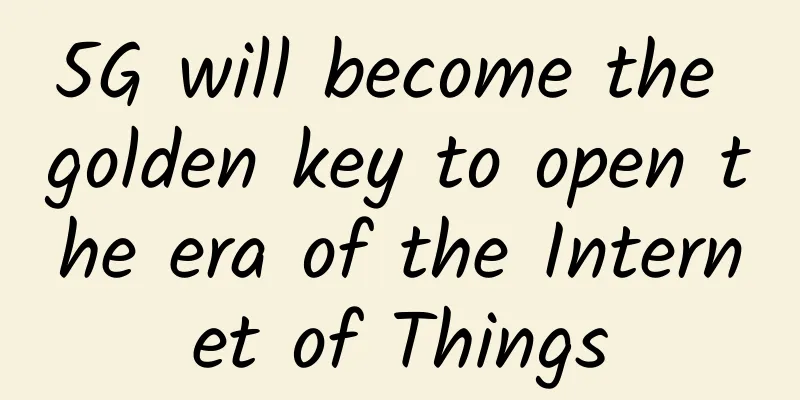

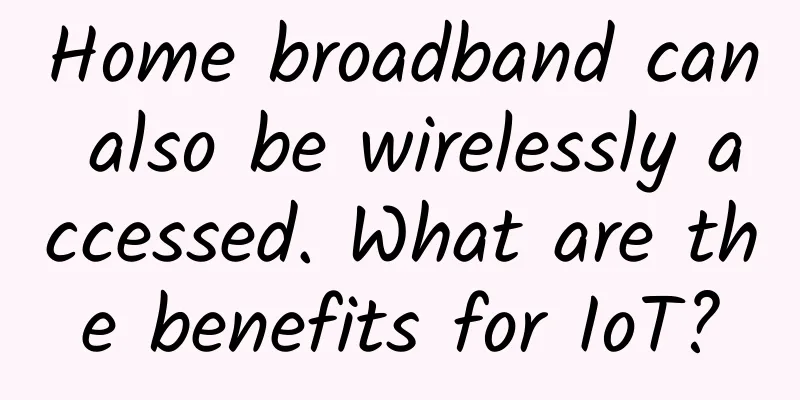

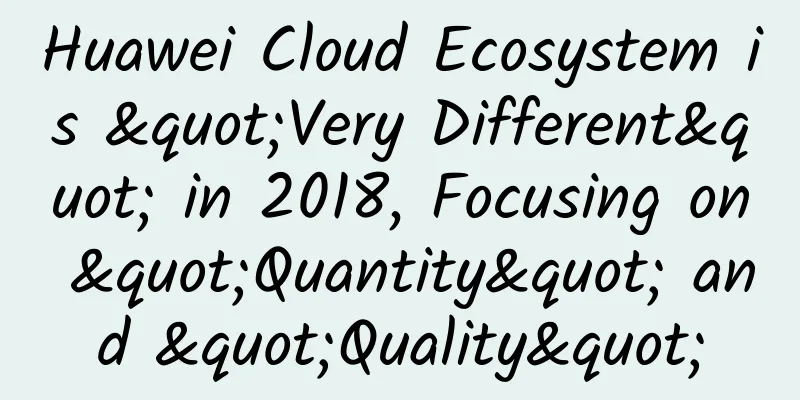
![[5.1]BGPTO: Japan server $64/month, E3-1230v3/16GB/480G SSD/20M Softbank line](/upload/images/67cabed27700f.webp)
